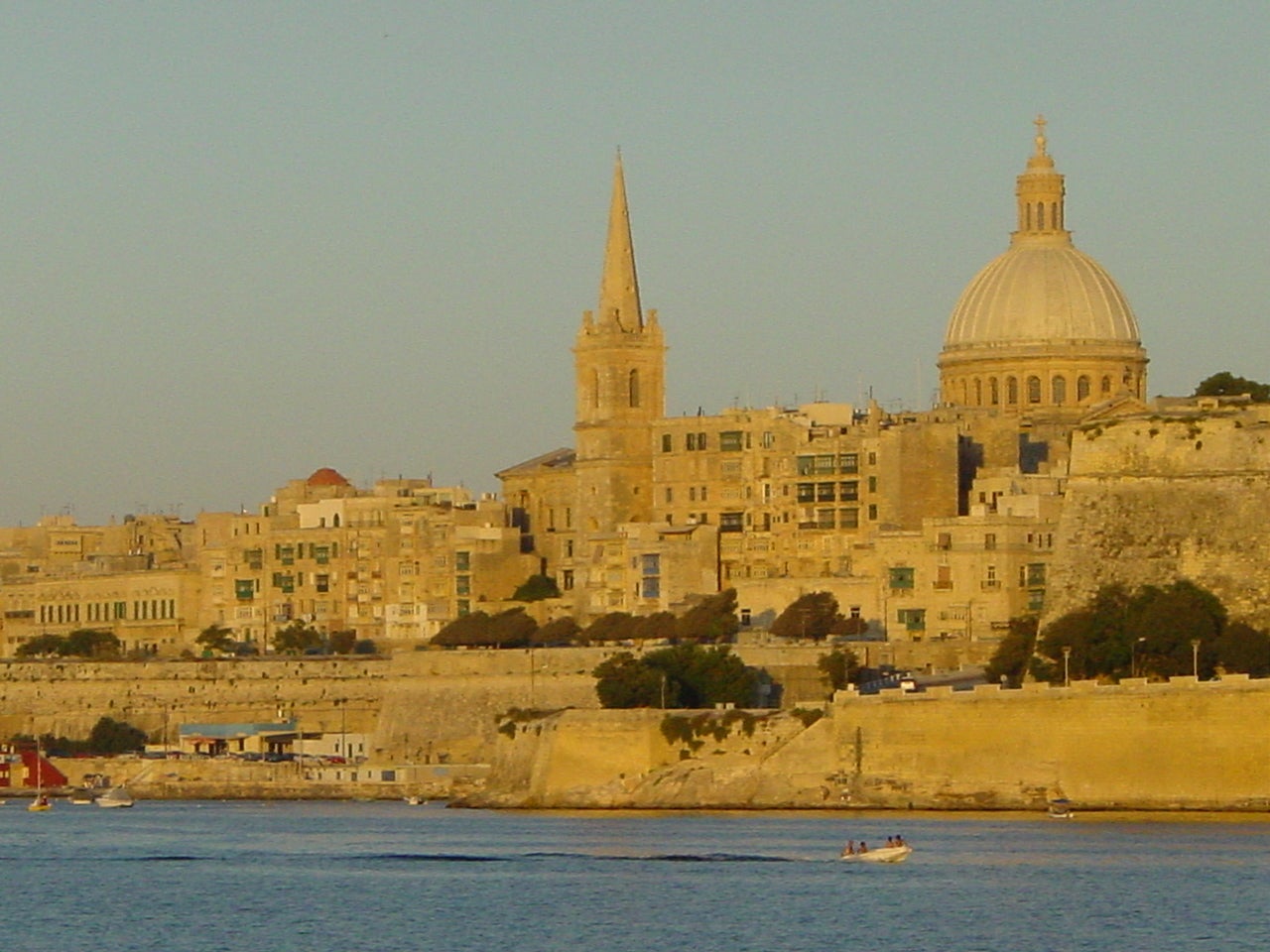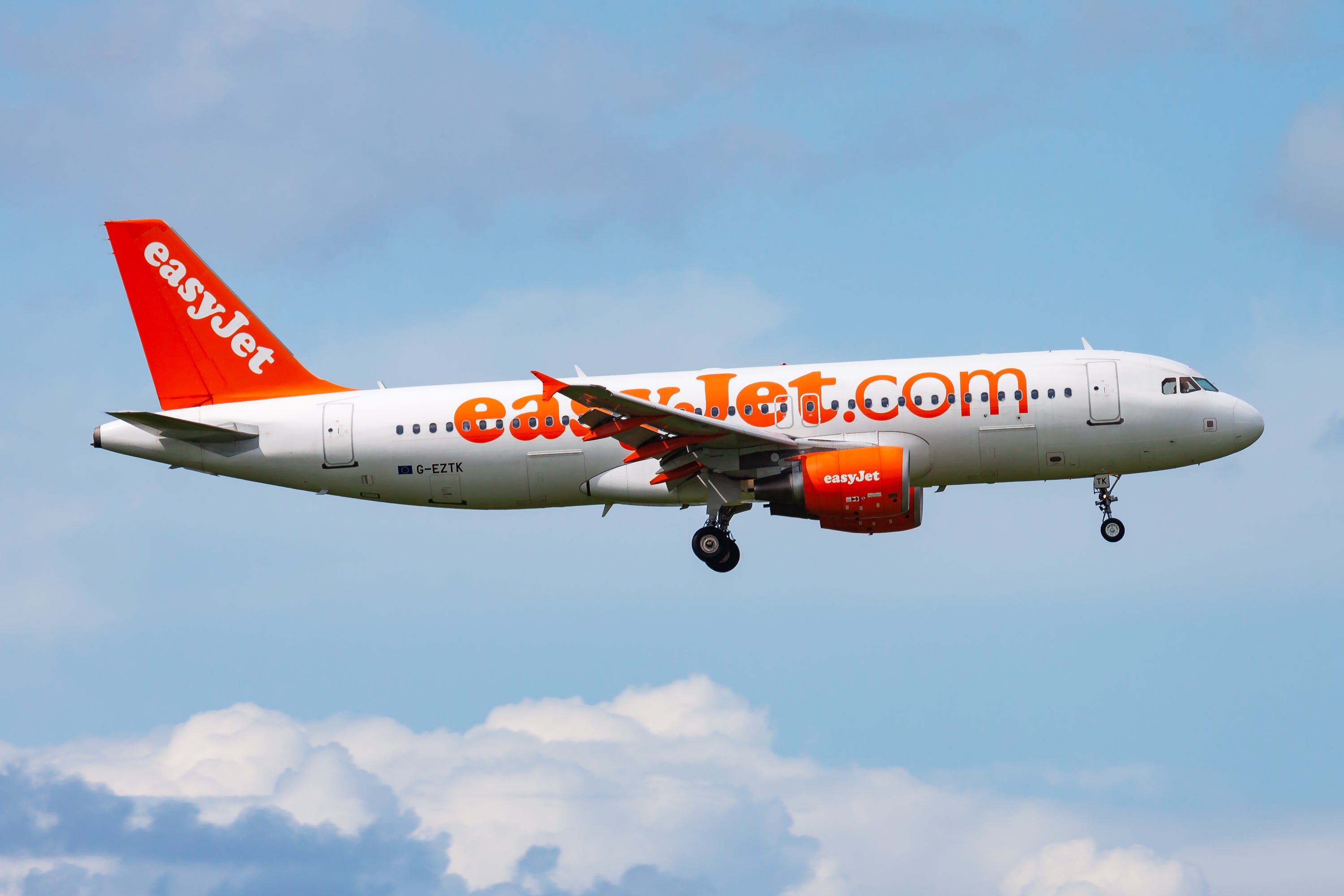How can I make the most of my first time visiting Porto?
Simon Calder answers your questions on Portugal picks, winter sun and passenger rights


Q I’m off to Porto for the first time next weekend. Some highlights, please.
Gareth G
A Porto is the perfect size for a short break: plenty of culture, history and intrigue is packed into Portugal’s second city, along with superb local cuisine, plus a fortified wine all of its own. Economically, it is perhaps the cheapest big city in western Europe. And Porto is effortlessly easy to navigate and enjoy. From the airport, the excellent Metro do Porto (a train/tram combination underground) runs regularly into the city, where you can change to other routes.
Alight at the main interchange, Trindade, for the 19th-century city centre. At its core is Aliados – officially the Avenida dos Aliados but in effect the main square. South of here the streets become more tangled and the buildings older and scruffier, towards the beautiful gorge of the Douro river. This waterway is straddled by six elegant bridges, the most impressive of which is the two-deck Ponte de Dom Luís I. The top deck is reserved for pedestrians and the Metro. On the south shore lies Vila Nova de Gaia, officially a separate town. You smell it before you see it, thanks to the conglomeration of port lodges. The tours – and tastings – used to be free, but paying for the experience is now standard. A good basic tour is the one-hour, €19 visit at Sandeman.
Don’t miss the Mercado do Bolhao: be dazzled with colour in the florists’ section, or assemble a picnic from the food stalls. It opens 8am-8pm daily except Sunday. At the stern, squat cathedral, the main attraction is the 14th-century cloister, decorated with superb azulejos (painted blue tiles).
For more, head for São Bento railway station, a fabulous terminus full of beautiful tile work. Almost anywhere close to the river offers great views, but for an unbeatable 360-degree panorama check out the 18th-century Torre dos Clérigos (“tower of the clergymen”) from where you can survey the multi-dimensional mosaic of Porto – ideally close to sunset.
Porto faces the Douro, but its western fringes are on the Atlantic. An excellent vintage tram (flat fare €4) takes you to the mouth of the Douro, from where you can walk (or take bus 200) beside some impressive beaches to the fishing village of Matosinhos. It is on the Metro system back into the city centre, making it fast and easy to get back for another great dinner.

Q Which country in Europe is best for winter sun?
David D
A Technically, I believe it is France. Its overseas departments – notably Martinique and Guadeloupe in the Caribbean, and Reunion in the Indian Ocean – offer plenty of winter sun. Be warned, though, that Reunion can be hot and humid during the northern winter, while the Caribbean hurricane season should be over by the end of November.
I sense, though, that you are thinking of Europe in a more traditional sense. Spain’s Canary Islands are my default winter destination. Tenerife and Gran Canaria share the same approximate latitude as Orlando and Tampa in Florida. While the Atlantic brings unpredictable weather, you would be most unlucky not to get a fair amount of sunshine during a week away in the Canaries.
My preferred large island is Tenerife, though I am also fond of Gran Canaria and Lanzarote. The westernmost islands – La Palma and El Hierro – are harder to reach, and much quieter, but rewarding.
For European winter sun, Portugal is a close second: the dreamily beautiful island of Madeira is less than 300 miles north of Tenerife. The Algarve coast along the southern flank of mainland Portugal is also welcoming in winter.
In Mediterranean Europe, I recommend a string of locations all around 35 to 36 degrees north (for comparison, Manchester is 53N and the Tropics start at 23N). From east to west, they are Cyprus, Crete, Malta and Gibraltar. Of these, the last two are my strongest recommendations: both are intensely multicultural, with rich histories. Unlike the two eastern Mediterranean islands, they remain fairly lively through the winter.
Finally, a shout-out for southern Italy: I have enjoyed superb midwinter holidays in both the Bay of Naples and Puglia (the “heel” of Italy). While there was a brief blizzard in the latter, the superb cuisine and warmth of the sun made up for it.

Q We were stranded overnight at Lanzarote airport on Monday by easyJet and had to wait 24 hours. No accommodation was offered, and there was nothing open selling food or water. We were told by airport staff to sleep in the airport and make use of the vending machine. The elderly and children were having to lie on the airport floor. Can you advise our rights?
Donna R
A Yours was one of two flights delayed overnight because of gusting wind at Lanzarote airport. Once the flight crew had reached their permitted hours there was no option but to postpone the trips. An easyJet spokesperson told me: “The safety and wellbeing of customers and crew is easyJet’s highest priority and while this is outside of our control, we would like to apologise to customers for the inconvenience caused.”
At this stage, European air passengers’ rights rules require the airline to provide hotels and meals for all stranded travellers. The airline told me that all passengers were informed via email and SMS of the overnight delay.
An easyJet spokesperson told me: “We did all possible to minimise the impact of the disruption for our customers, providing hotel accommodation and meals where available. Due to limited hotel room availability in Lanzarote, we advised that anyone who sourced their own will be reimbursed. We work hard to ensure our customers are supported.”
It is staggering to me that someone at the airport told passengers they must sleep on the floor, rather than providing help finding hotels in the area.
The airline says that they will be in contact with you to find out more about your experience at the airport to understand what went wrong in this case.
As to your key question, I am afraid the only right you have is for reimbursement for food and non-alcoholic drinks while you were waiting. One of the many absurdities of the passengers’ rights rules is that the airline actually gains financially if you end up sleeping on the airport floor – not, though, that easyJet intended this to happen.
Email your question to s@hols.tv or tweet @simoncalder






Join our commenting forum
Join thought-provoking conversations, follow other Independent readers and see their replies
Comments